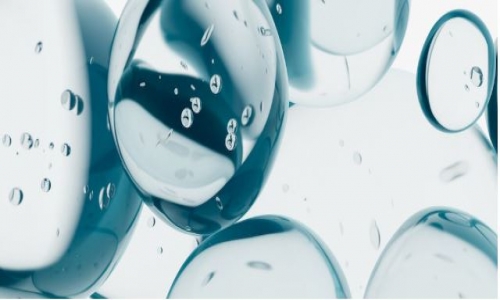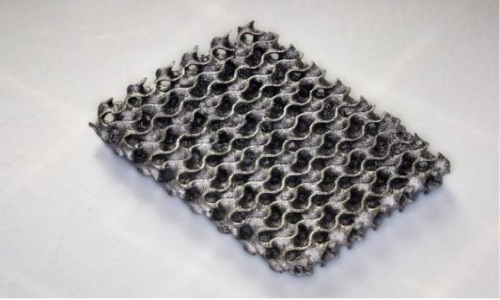


 8:22:32
8:22:32  2023-04-06
2023-04-06  851
851

What do you think of when you hear the word “storm"? Images of rolling black clouds might fill your mind. The crack of thunder probably fills your ears. Your eyes may search the sky for bolts of lightning
But what about a solar storm? Would you believe the Earth is occasionally hit with solar storms and you probably don't see or hear any of the things just mentioned?
A solar storm is a term used for atmospheric effects felt on Earth from certain events that occur on the sun. You probably think of the Sun as a bright shining light that never changes. In reality, it's an unbelievably huge ball of molten gases that's constantly in flux.
Solar storms occur when the Sun emits huge bursts of energy in the form of solar flares and coronal mass ejections. These phenomena send a stream of electrical charges a magnetic field toward the Earth at a speed of about three million miles per hour.
When a solar storm strikes the Earth, it often produces a dazzling “northern lights" display in parts of the atmosphere that can be seen in areas close to the Arctic Circle. solar storms can also disrupt satellites and various forms of electronic communications.
solar storms start with a huge explosion on the Sun. These explosions — called solar flares — can be about as powerful as billions of nuclear bombs!
solar flares usually go hand-in-hand with the release of huge streams of charged plasma that travel at millions of miles per hour. These streams are called coronal mass ejections, or CMEs. When CMEs hit the Earth, they can cause geomagnetic storms that disrupt satellites and electrical power grids.
For example, in February 2011, a CME produced by an especially-powerful solar flare disrupted radio communications throughout China. Some experts believe a major solar storm could cause over 20 times the economic damage of the worst hurricane.
Scientists who study solar storms have discovered that the frequency of solar flares appears to follow an 11-year solar cycle. At times of peak activity, there could be several solar storms each day. At other times, there might be less than one solar storm per week. Scientists expect the Sun's current activity cycle to result in a peak in solar storms during 2024.
Reality Of Islam |
|

Water may s

"It is

The process

Astronomers
 9:3:43
9:3:43
 2018-11-05
2018-11-05
10 benefits of Marriage in Islam
 7:5:22
7:5:22
 2019-04-08
2019-04-08
benefits of reciting surat yunus, hud &
 9:45:7
9:45:7
 2018-12-24
2018-12-24
advantages & disadvantages of divorce
 11:35:12
11:35:12
 2018-06-10
2018-06-10
 6:0:51
6:0:51
 2018-10-16
2018-10-16
 2:33:4
2:33:4
 2023-02-15
2023-02-15
 1:34:8
1:34:8
 2022-02-01
2022-02-01
 11:34:48
11:34:48
 2022-06-29
2022-06-29
 12:10:56
12:10:56
 2022-11-17
2022-11-17
 6:14:3
6:14:3
 2023-01-18
2023-01-18
 4:25:57
4:25:57
 2023-02-11
2023-02-11
 10:43:56
10:43:56
 2022-06-22
2022-06-22
 5:41:46
5:41:46
 2023-03-18
2023-03-18
| LATEST |